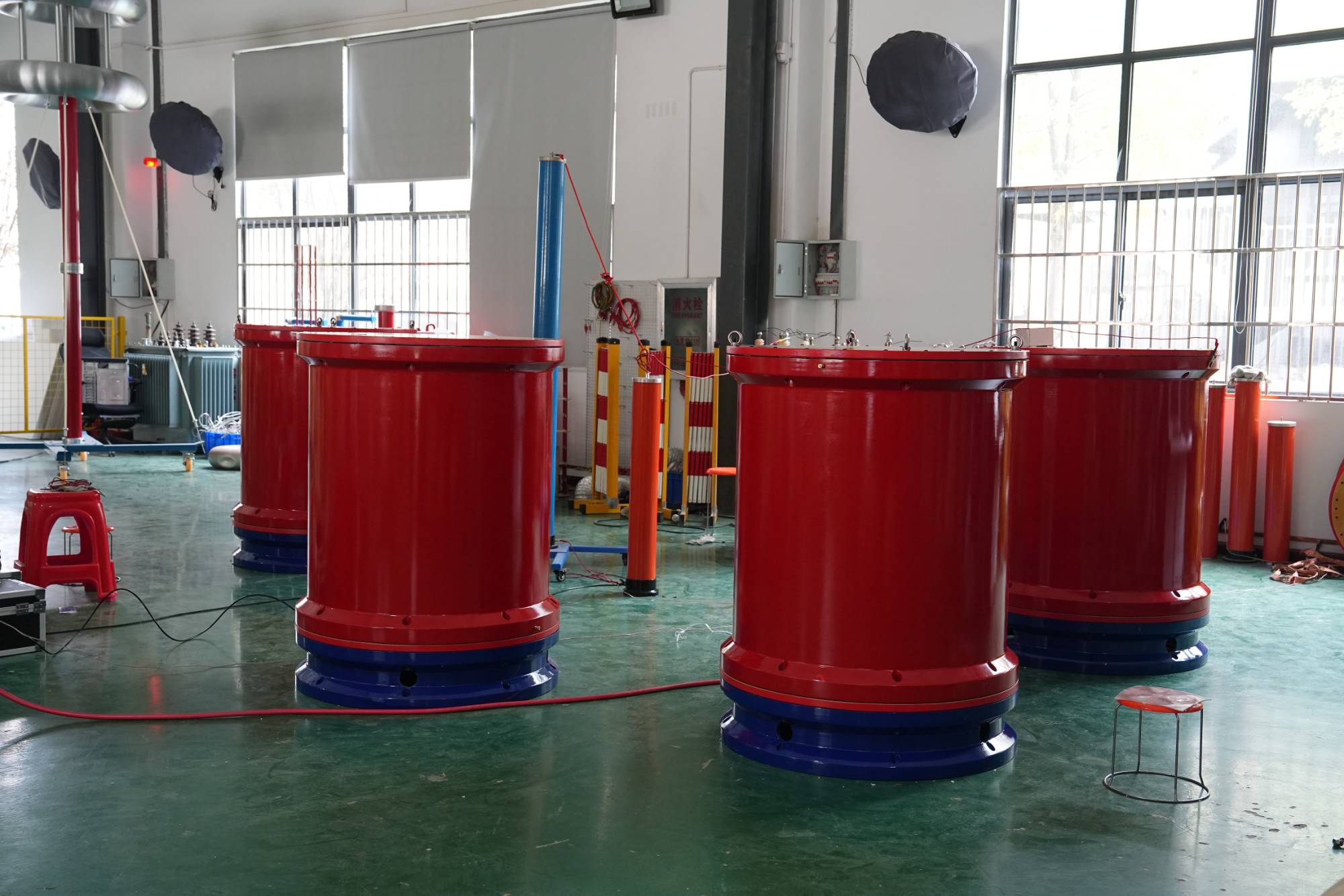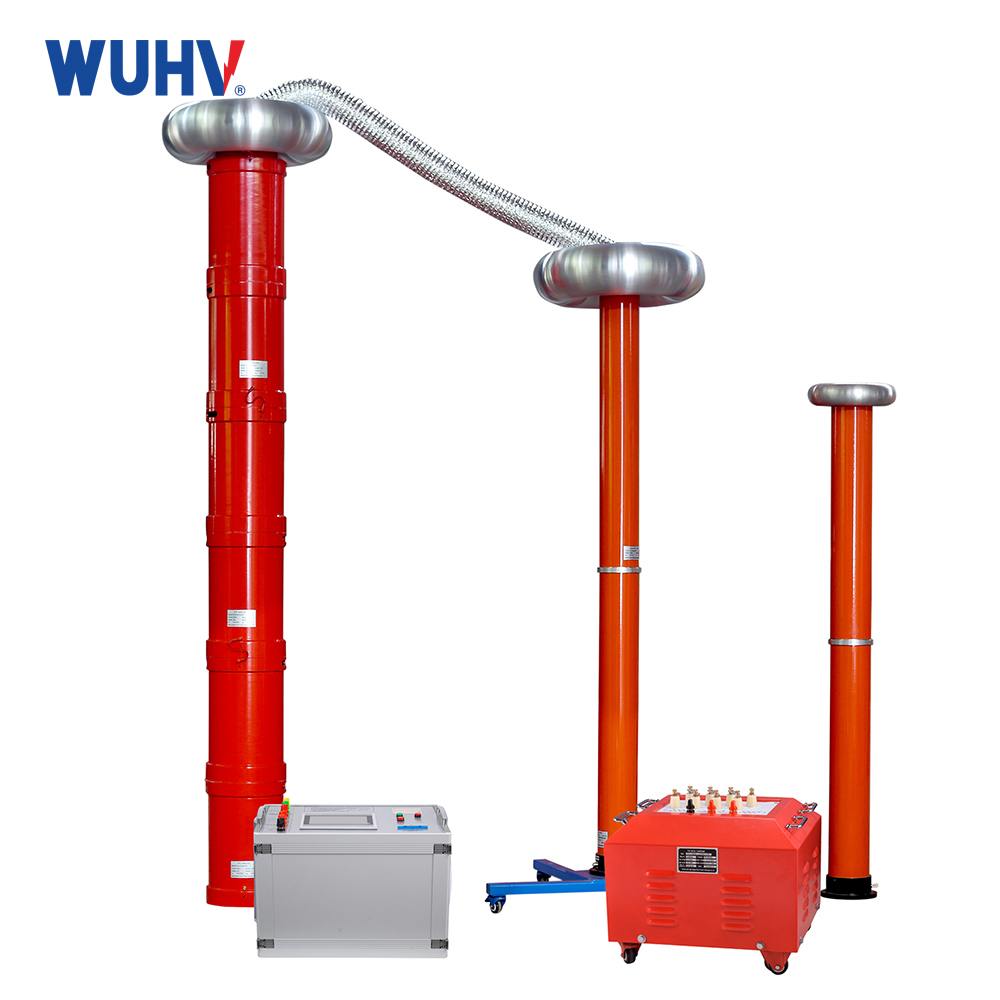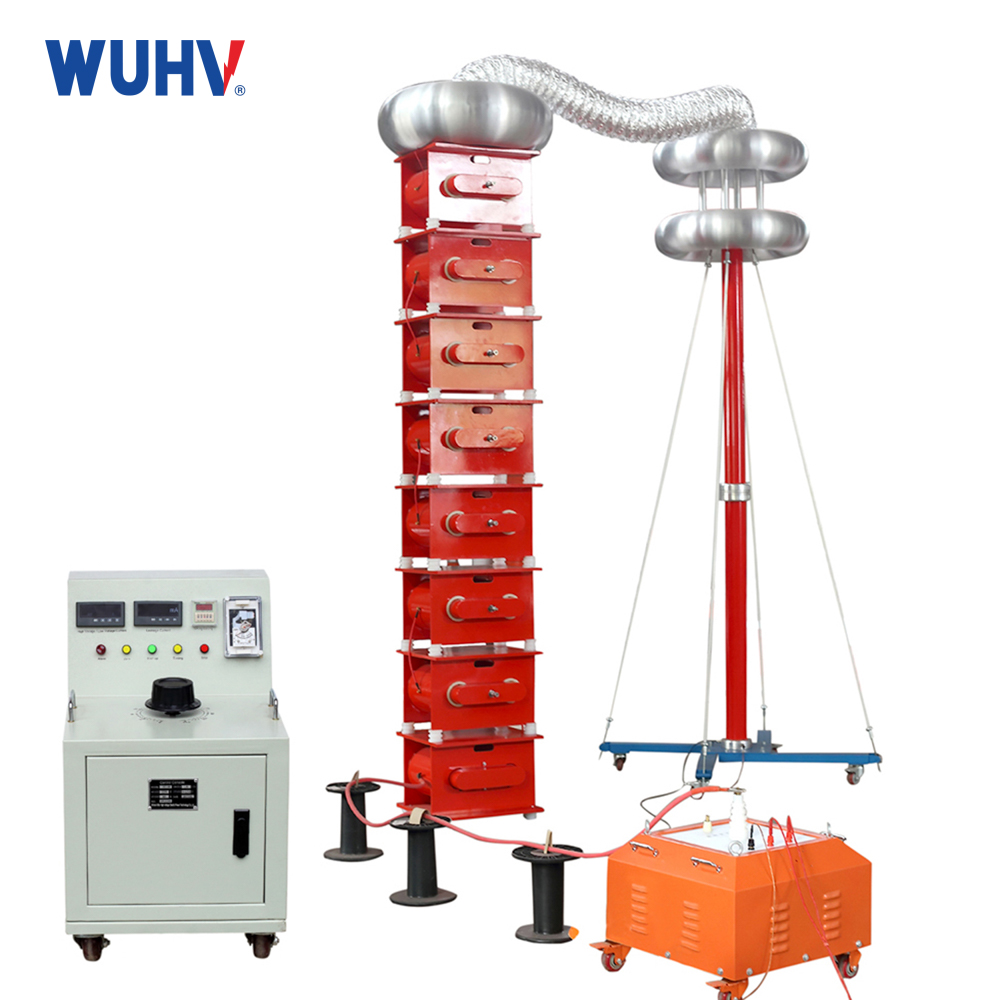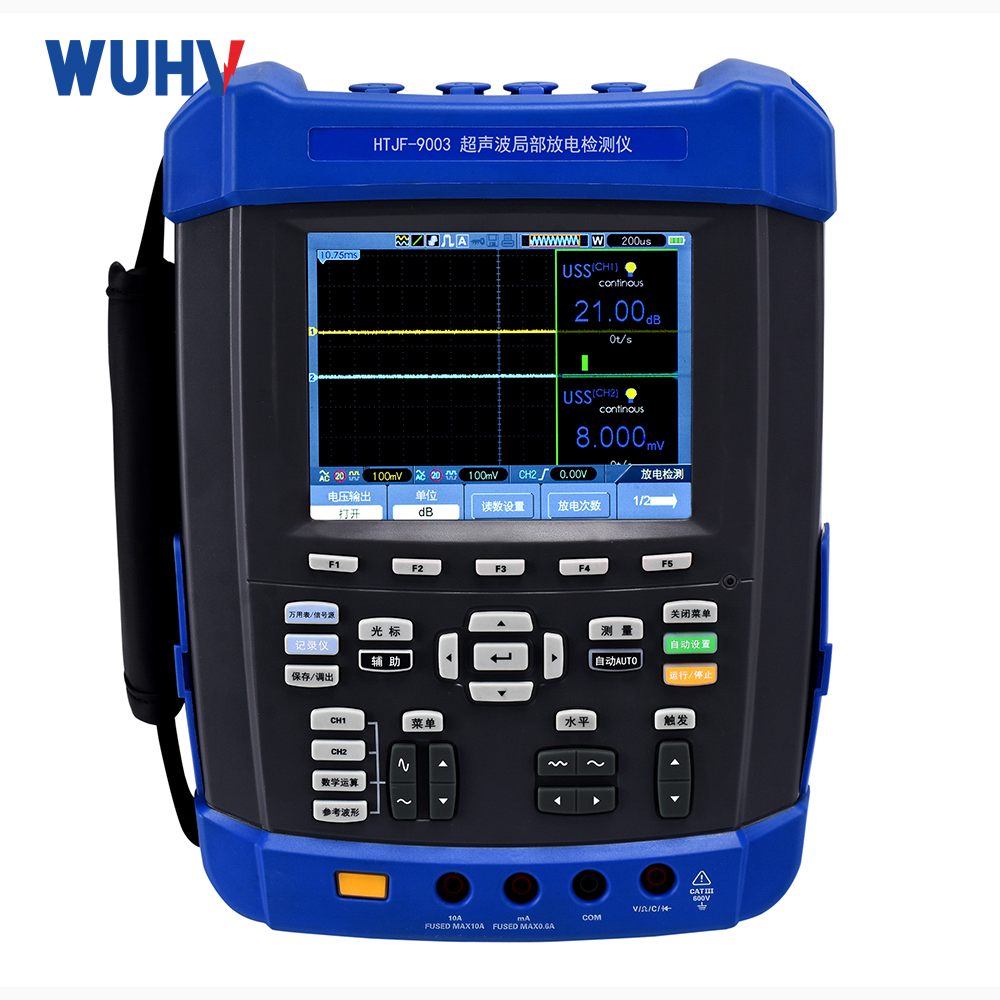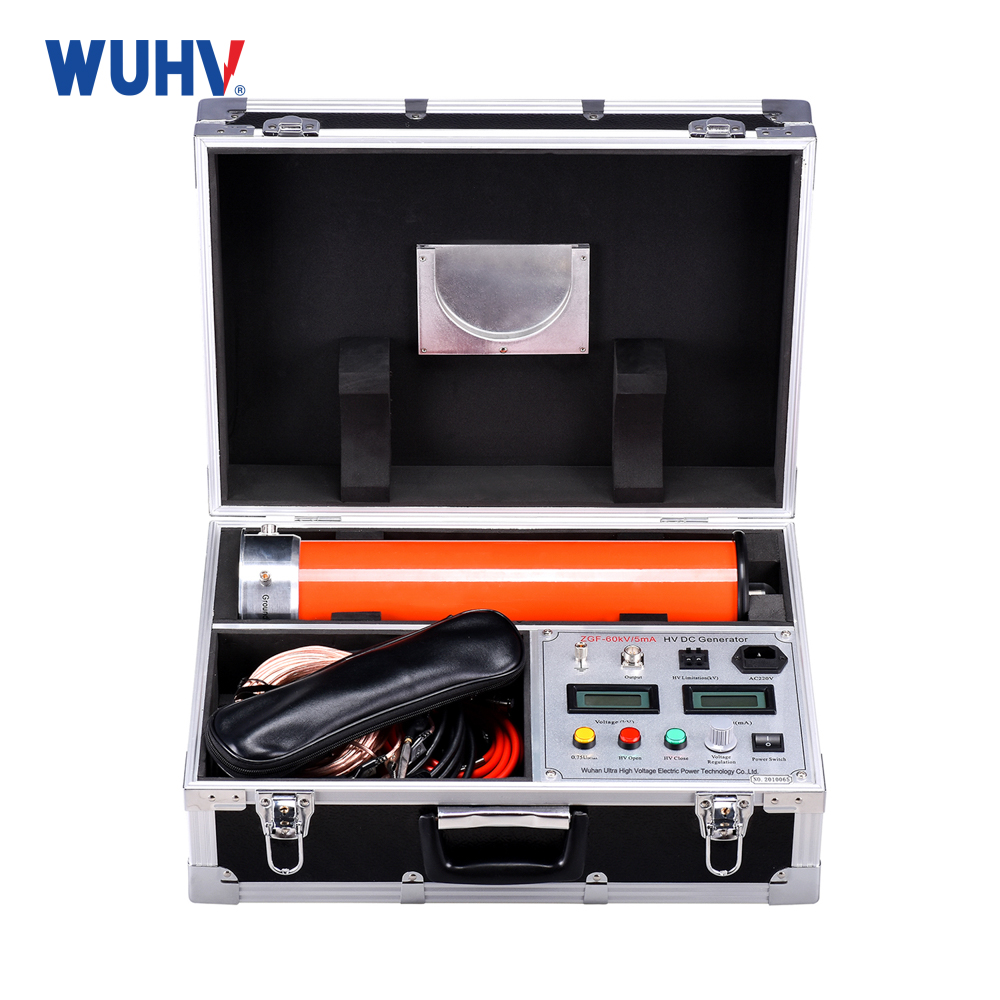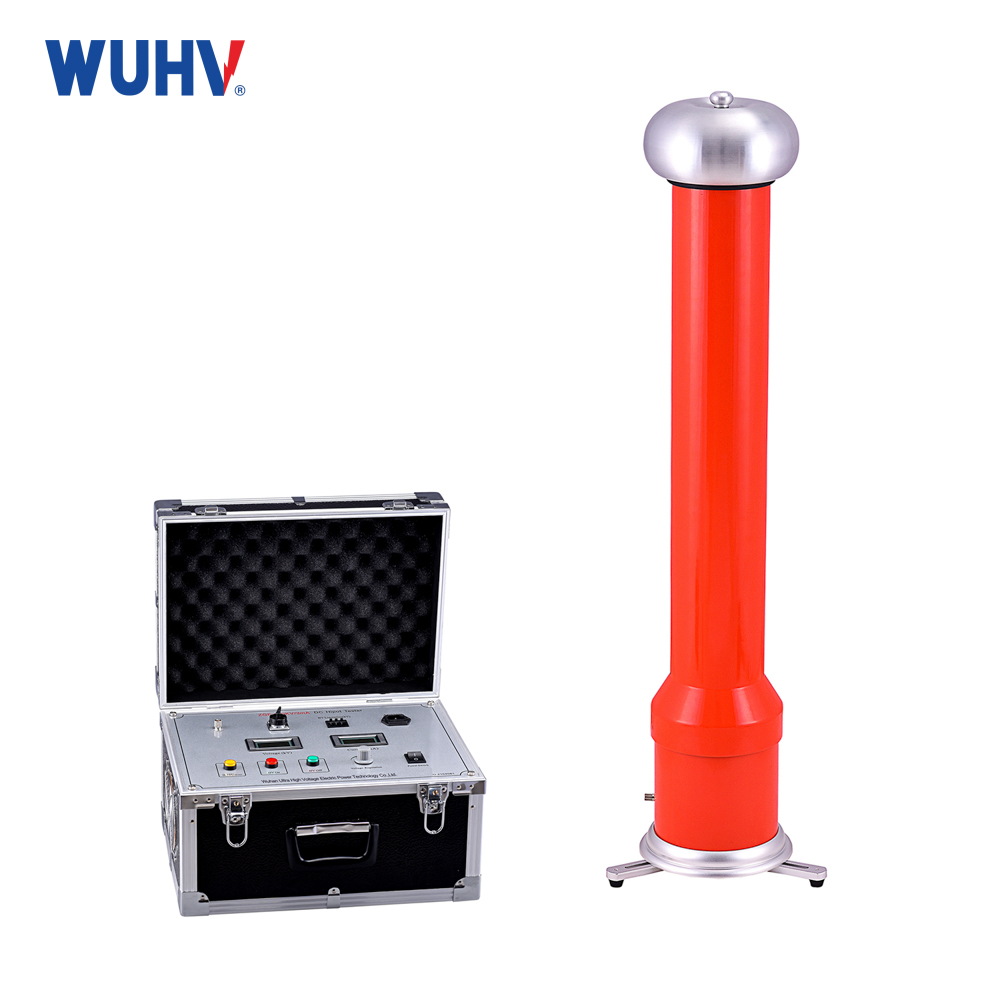Under the action of applied AC power, the circuit of inductance and capacitor will cause oscillation; Each oscillation circuit has its own natural frequency. When the frequency of the applied AC power is equal to the natural frequency of the loop, the amplitude of the oscillation (voltage or current) reaches its maximum value, which is called resonance; The input circuit of the radio is a resonant circuit. By changing the inductance or capacitance of the loop, the natural frequency of the loop is equal to the radio frequency to be received. By generating resonance, the signal of the radio can be selected. The intermediate frequency transformer of the radio is also a resonant circuit tuned at a frequency of 465 kHz, allowing the intermediate frequency amplifier to have maximum amplification capability for intermediate frequency signals at 465 kHz, while suppressing signals at other frequencies.
In a series oscillating circuit consisting of resistors, inductors, capacitors, and an external AC power source, resonance occurs when the frequency of the external power source is equal to the natural frequency of the circuit. This resonance is called series resonance.Series resonancehas the following characteristics: the total impedance of the circuit is pure resistance, which changes to its minimum value; Equivalent to the resistance of the circuit; The current in the circuit reaches its maximum value; The voltage on the inductor is equal to the voltage on the capacitor. The current is equal to Q times the voltage of the AC power supply.
If the frequency of the external power source is less than or greater than the natural frequency of the circuit, the total impedance of the circuit will increase and the circuit current will decrease; The higher the value of circuit Q, the steeper the curve, and the more resonances there are.
In an oscillating circuit where inductors, capacitors, and an external AC power source are connected in parallel, resonance occurs when the frequency of the external power source is equal to the natural frequency of the circuit, and this resonance is called parallel resonance. Parallel resonance has the following characteristics: the total impedance is pure resistance and reaches its maximum value; The circuit voltage reaches its maximum value; If the internal resistance of the power supply is large, the total current in the circuit can be regarded as a constant current, that is, the current in both circuits. The branch is q times the total current. That is, the directions of the two paths are opposite, their sizes are similar, and their difference is the total current. If the applied power frequency is less than or greater than the natural frequency of the loop, the total impedance of the loop decreases, and the voltage of the loop also decreases. The larger the Q value of the loop, the steeper the curve, indicating that the resonance phenomenon is more severe.


